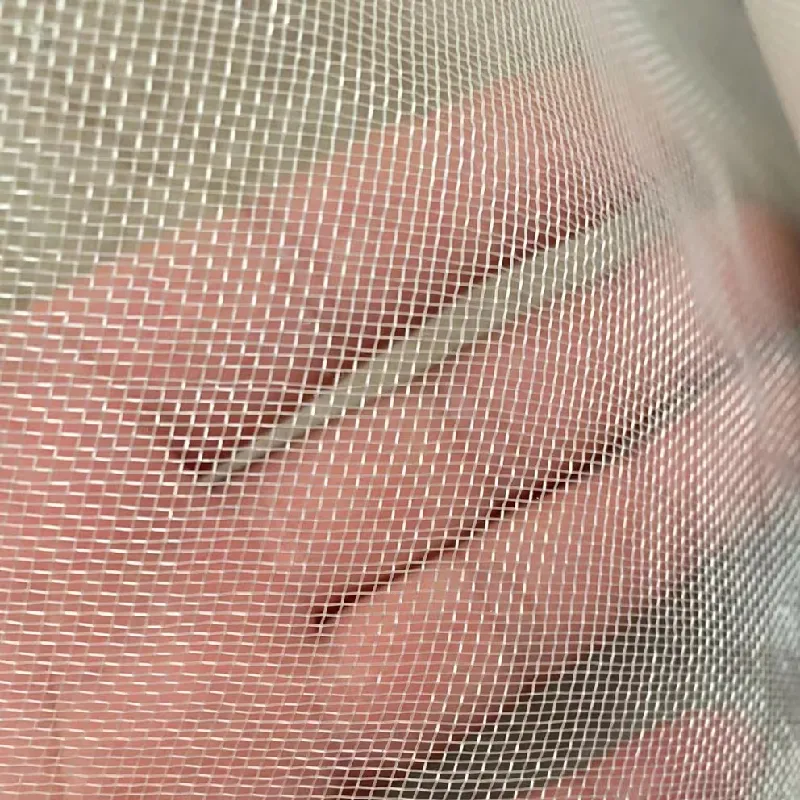-
 Afrikaans
Afrikaans -
 Albanian
Albanian -
 Amharic
Amharic -
 Arabic
Arabic -
 Armenian
Armenian -
 Azerbaijani
Azerbaijani -
 Basque
Basque -
 Belarusian
Belarusian -
 Bengali
Bengali -
 Bosnian
Bosnian -
 Bulgarian
Bulgarian -
 Catalan
Catalan -
 Cebuano
Cebuano -
 China
China -
 Corsican
Corsican -
 Croatian
Croatian -
 Czech
Czech -
 Danish
Danish -
 Dutch
Dutch -
 English
English -
 Esperanto
Esperanto -
 Estonian
Estonian -
 Finnish
Finnish -
 French
French -
 Frisian
Frisian -
 Galician
Galician -
 Georgian
Georgian -
 German
German -
 Greek
Greek -
 Gujarati
Gujarati -
 Haitian Creole
Haitian Creole -
 hausa
hausa -
 hawaiian
hawaiian -
 Hebrew
Hebrew -
 Hindi
Hindi -
 Miao
Miao -
 Hungarian
Hungarian -
 Icelandic
Icelandic -
 igbo
igbo -
 Indonesian
Indonesian -
 irish
irish -
 Italian
Italian -
 Japanese
Japanese -
 Javanese
Javanese -
 Kannada
Kannada -
 kazakh
kazakh -
 Khmer
Khmer -
 Rwandese
Rwandese -
 Korean
Korean -
 Kurdish
Kurdish -
 Kyrgyz
Kyrgyz -
 Lao
Lao -
 Latin
Latin -
 Latvian
Latvian -
 Lithuanian
Lithuanian -
 Luxembourgish
Luxembourgish -
 Macedonian
Macedonian -
 Malgashi
Malgashi -
 Malay
Malay -
 Malayalam
Malayalam -
 Maltese
Maltese -
 Maori
Maori -
 Marathi
Marathi -
 Mongolian
Mongolian -
 Myanmar
Myanmar -
 Nepali
Nepali -
 Norwegian
Norwegian -
 Norwegian
Norwegian -
 Occitan
Occitan -
 Pashto
Pashto -
 Persian
Persian -
 Polish
Polish -
 Portuguese
Portuguese -
 Punjabi
Punjabi -
 Romanian
Romanian -
 Russian
Russian -
 Samoan
Samoan -
 Scottish Gaelic
Scottish Gaelic -
 Serbian
Serbian -
 Sesotho
Sesotho -
 Shona
Shona -
 Sindhi
Sindhi -
 Sinhala
Sinhala -
 Slovak
Slovak -
 Slovenian
Slovenian -
 Somali
Somali -
 Spanish
Spanish -
 Sundanese
Sundanese -
 Swahili
Swahili -
 Swedish
Swedish -
 Tagalog
Tagalog -
 Tajik
Tajik -
 Tamil
Tamil -
 Tatar
Tatar -
 Telugu
Telugu -
 Thai
Thai -
 Turkish
Turkish -
 Turkmen
Turkmen -
 Ukrainian
Ukrainian -
 Urdu
Urdu -
 Uighur
Uighur -
 Uzbek
Uzbek -
 Vietnamese
Vietnamese -
 Welsh
Welsh -
 Bantu
Bantu -
 Yiddish
Yiddish -
 Yoruba
Yoruba -
 Zulu
Zulu
Effective Bird Netting Solutions for Protecting Your Garden Plants and Crops
Bird Netting for Your Garden A Comprehensive Guide
When it comes to nurturing a flourishing garden, protecting your plants from the relentless appetite of birds is crucial. Those vibrant fruits, vegetables, and flowers can quickly vanish if your garden becomes a buffet for local avian visitors. This is where bird netting comes into play—a simple yet effective solution to safeguard your garden from these feathered friends.
What is Bird Netting?
Bird netting is a lightweight, mesh-like material designed to create a protective barrier around your plants. It comes in various materials, lengths, and hole sizes to suit different garden types and bird species. Typically made from durable polyethylene, bird netting is UV-stabilized, ensuring that it withstands the elements while protecting your garden.
Why Use Bird Netting?
1. Effective Protection The primary benefit of bird netting is its ability to keep birds away from your plants. Whether you're growing tomatoes, strawberries, or ornamental flowers, netting limits access, helping to prevent the loss of crops to hungry birds.
2. Non-Toxic Solution Unlike chemical repellents or traps, bird netting provides a humane way to deter birds from invading your garden. It allows you to protect your plants without harming local wildlife.
3. Versatility Bird netting can be used in various ways—it can cover entire garden beds, individual plants, or fruit trees. This adaptability makes it ideal for both small home gardens and larger agricultural setups.
4. Ease of Installation Setting up bird netting is user-friendly and does not require specialized tools. Most home gardeners can easily spread the netting over their plants, securing it with stakes or weights to ensure it stays in place.
How to Install Bird Netting
bird netting for garden

Installing bird netting is a straightforward process. Here’s a step-by-step guide
1. Select the Right Netting Choose a netting type that suits your specific needs. Consider the size of the birds in your area. Smaller mesh sizes are ideal for deterring tiny birds like sparrows, while larger sizes may suffice for bigger birds like robins.
2. Prepare Your Garden Before installing the netting, ensure that your plants are healthy and ready for protection. Clear the area of debris or fallen leaves that might snag the netting.
3. Measure and Cut Measure the area you want to cover and cut the bird netting accordingly. Leave some extra material to anchor the netting securely.
4. Secure the Netting Drape the netting over your plants, ensuring it provides enough clearance for growth. Use stakes, rocks, or heavy objects to hold the netting in place. If you’re covering a large area, consider using garden hoops to create a frame that supports the netting above your plants.
5. Check Regularly After installation, periodically check the netting for any damages or gaps that birds might exploit. Also, ensure the netting is not restricting plant growth.
Maintenance Tips
To maximize the lifespan and efficacy of bird netting, regular maintenance is essential. Keep the netting clean and free from leaves and debris to prevent decay. Store the netting properly at the end of the season to avoid damage from harsh weather.
Conclusion
Investing in bird netting for your garden is a proactive measure that can significantly enhance your gardening experience. Not only does it provide essential protection from birds, but it also helps promote a thriving, beautiful garden. With proper installation and maintenance, your plants can grow unhindered, allowing you to enjoy the fruits of your labor without the worry of avian interference. Protect your garden today with bird netting, and watch it flourish like never before!
-
Shipping Plastic Bags for Every NeedNewsJul.24,2025
-
Safety Netting: Your Shield in ConstructionNewsJul.24,2025
-
Plastic Mesh Netting for Everyday UseNewsJul.24,2025
-
Nylon Netting for Every UseNewsJul.24,2025
-
Mesh Breeder Box for Fish TanksNewsJul.24,2025
-
Expanded Steel Mesh Offers Durable VersatilityNewsJul.24,2025











